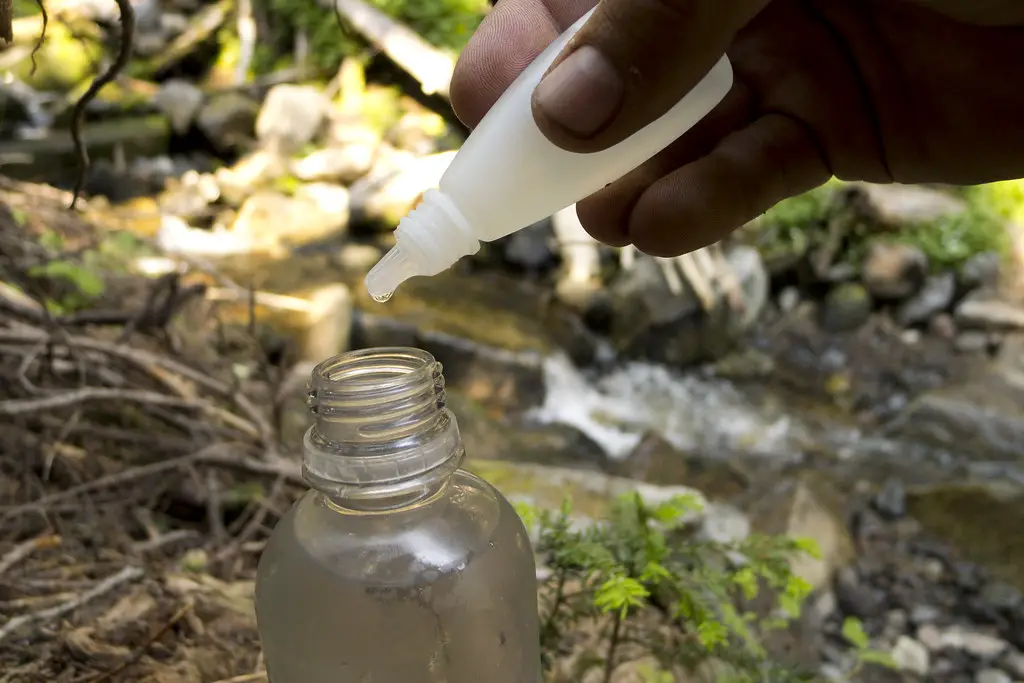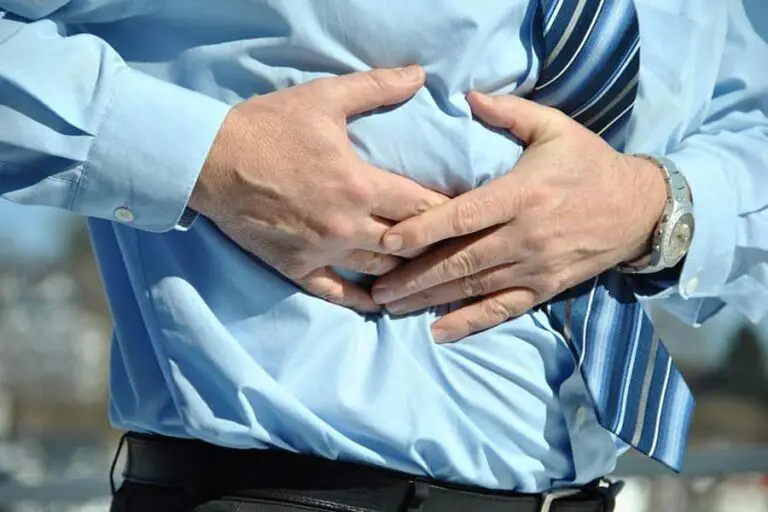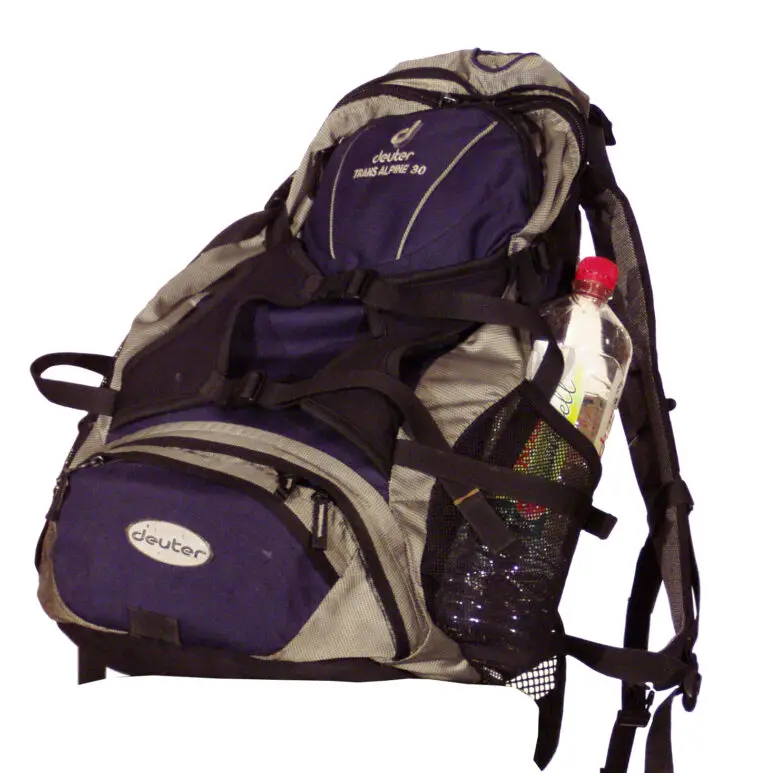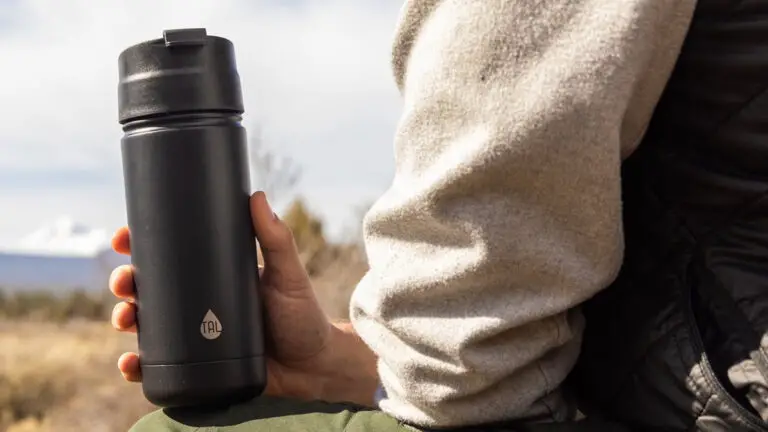Ensuring access to clean, safe drinking water is essential for maintaining good health. In situations where clean water is scarce or contaminated, using bleach for water purification can be a simple and effective solution. However, it is important to understand the correct bleach to water ratio to ensure the water is safe for consumption.
Importance of using bleach for drinking water purification
When faced with emergencies or situations where clean drinking water is not readily available, using bleach can help kill harmful bacteria and viruses. Bleach contains chlorine, which is a powerful disinfectant that can effectively kill many types of pathogens found in water.
Understanding the bleach to water ratio
To properly purify drinking water with bleach, it is crucial to use the correct bleach to water ratio. The Centers for Disease Control and Prevention (CDC) recommends using bleach that contains 5.25-8.25% sodium hypochlorite without any added perfumes, dyes, or other additives.
The following table shows the CDC’s recommended bleach to water ratios for different volumes of water:
| Volume of Water | Amount of Bleach |
|---|---|
| 1 gallon | 1/8 teaspoon (or 8 drops) |
| 2 gallons | 1/4 teaspoon (or 16 drops) |
| 4 gallons | 1/2 teaspoon (or 32 drops) |
| 8 gallons | 1 teaspoon |
| 55 gallons | 7 teaspoons (or 1/4 cup plus 1/8 teaspoon) |
| 275 gallons | 1/2 cup |
| 550 gallons | 1 cup |
It is crucial to mix the bleach thoroughly with the water and let it sit for at least 30 minutes before consuming. This waiting period allows enough time for the bleach to effectively kill any pathogens present in the water. After the waiting period, the water should have a slight chlorine smell. If it doesn’t, repeat the process using a slightly higher bleach to water ratio.
Safety precautions when using bleach for drinking water
While bleach can be an effective water purifier, it is important to use it safely. Here are a few key safety precautions to keep in mind:
- Only use unscented bleach without any additives to avoid consuming harmful substances.
- Follow the recommended bleach to water ratios precisely to ensure the water is safe for consumption.
- Make sure to mix the bleach thoroughly with the water and allow the proper waiting period for the disinfection process.
- Store bleach in a cool, dry place away from direct sunlight.
Remember that despite the effectiveness of bleach in purifying water, it is not a long-term solution for obtaining safe drinking water. It is always advisable to seek and rely on clean, potable water sources whenever available.

Bleach to water ratio for disinfecting drinking water
Using bleach with no additives: 8 drops per gallon of water
When it comes to disinfecting drinking water with bleach, it’s crucial to know the right bleach to water ratio to ensure safety and effectiveness. If you’re using bleach with no additives, the recommended ratio is 8 drops per gallon of water. This ratio is suitable for emergency situations where clean drinking water may not be readily available. It’s important to stir the mixture well and let it sit for at least 30 minutes before consuming.
Using bleach with 5-6% sodium hypochlorite: 2 drops per quart of water
If you’re using bleach with a concentration of 5-6% sodium hypochlorite, the recommended ratio is 2 drops per quart of water. This ratio is slightly stronger than the previous one and is still effective in disinfecting drinking water. Like before, make sure to mix the bleach and water thoroughly and let it stand for at least 30 minutes before drinking.
Using bleach with 6% sodium hypochlorite: 1/8 teaspoon per gallon of water
For bleach with a concentration of 6% sodium hypochlorite, the recommended ratio is 1/8 teaspoon per gallon of water. This ratio is slightly higher than the previous ones and is suitable for larger quantities of water. It’s important to measure the bleach accurately to ensure the right concentration. After mixing the bleach and water, let it sit for at least 30 minutes before consuming.
It’s essential to note that bleach is a powerful disinfectant but should be used with caution. Before using bleach to disinfect drinking water, make sure it’s safe for consumption by checking the label and verifying its sodium hypochlorite concentration. It’s also advised to use unscented bleach without any additional additives.
Additionally, after disinfecting the water with bleach, it’s recommended to let it sit for at least 30 minutes to allow the chlorine to do its work effectively. If the water has a strong chlorine smell or taste, it may be necessary to let it stand for longer or pour it back and forth between clean containers to enhance its taste.
Remember, disinfecting drinking water with bleach is meant for emergency situations or when clean drinking water is unavailable. It’s always recommended to have a reliable source of clean and safe drinking water for everyday use.
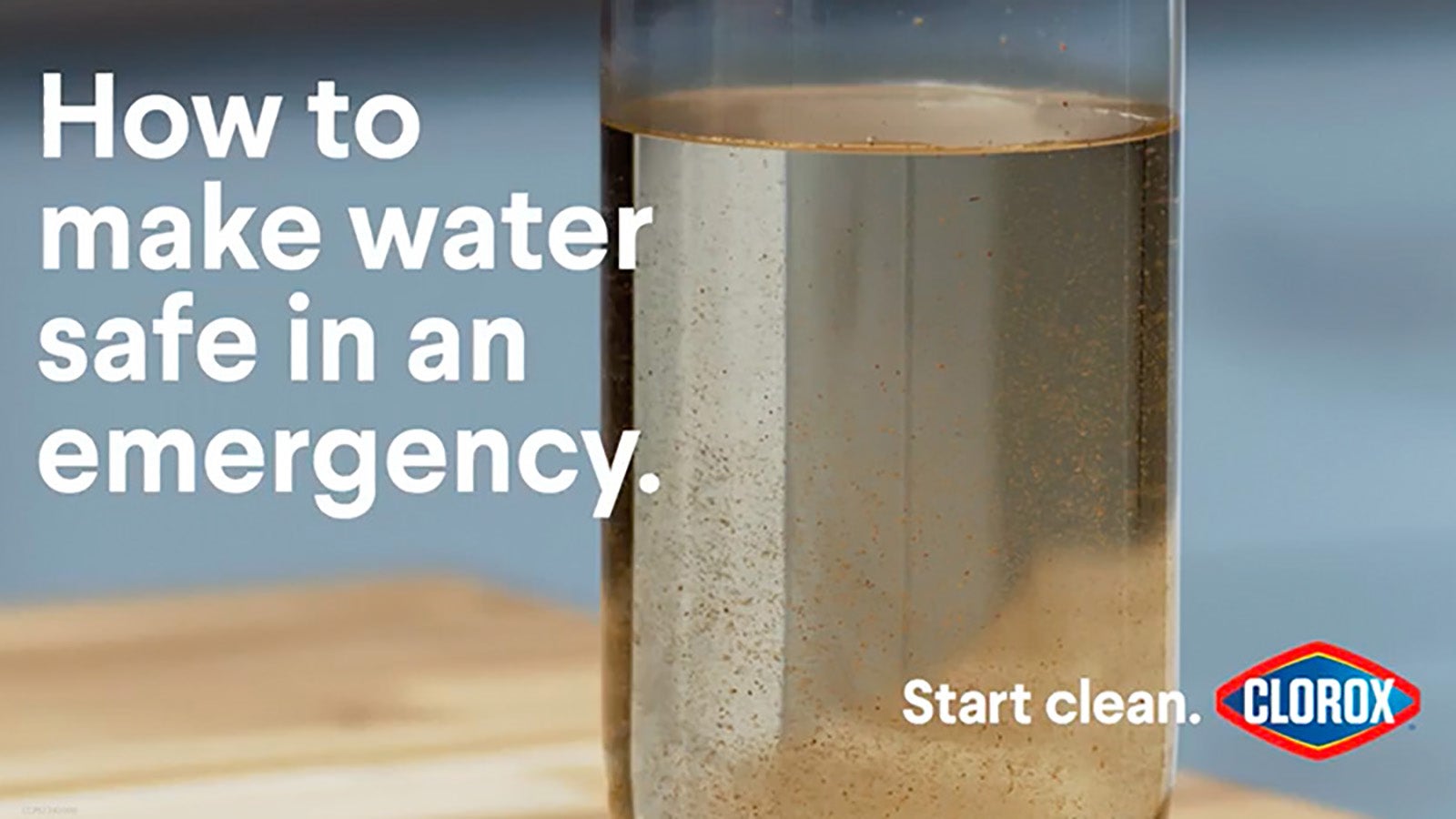
Factors to consider when determining bleach to water ratio
When it comes to purifying drinking water using bleach, it’s important to get the ratio right to ensure effectiveness while maintaining safety. Several factors should be considered when determining the bleach to water ratio.
Water turbidity and contamination level
The turbidity and contamination level of the water play a crucial role in deciding the bleach to water ratio. If the water is visibly dirty or heavily contaminated, it is recommended to filter or settle out the sediments before disinfection. In such cases, a higher concentration of bleach may be required to effectively kill all the pathogens and microorganisms.
Temperature and pH of the water
The temperature and pH of the water can impact the effectiveness of bleach as a disinfectant. Higher water temperatures and lower pH levels enhance the disinfection process. However, it is important to note that bleach becomes less effective at higher temperatures. Therefore, it is crucial to follow the recommended ratios and contact time provided by health authorities.
Desired disinfection level and contact time
The desired level of disinfection and the contact time required are important factors to consider. Different pathogens and microorganisms require varying levels of exposure to bleach for effective disinfection. It is recommended to consult guidelines provided by health authorities to determine the appropriate bleach to water ratio for the desired disinfection level.
It is important to note that bleach should not be used as the sole method of water purification if there are other viable options available. It is always best to ensure access to safe drinking water through reliable sources or proper filtration systems whenever possible.
When using bleach for water disinfection, it is essential to use unscented bleach that contains chlorine as the active ingredient. The recommended bleach to water ratio for purification purposes is typically one part bleach to ten parts water. This provides an effective concentration of chlorine while minimizing the risks associated with excessive exposure to bleach.
Remember to mix the bleach and water thoroughly, let it stand for around 30 minutes, and then smell the water. If it has a slight chlorine odor, it indicates successful disinfection. If there is no chlorine smell, repeat the process with the appropriate bleach to water ratio.
By considering factors such as water turbidity, contamination level, temperature, pH, desired disinfection level, and contact time, individuals can determine the appropriate bleach to water ratio for safe and effective use in purifying drinking water.

Ensuring proper use of bleach for drinking water purification
Mixing bleach and water correctly
To ensure the safety of your drinking water, it is essential to use the correct bleach to water ratio. The recommended ratio is 1/8 teaspoon (or 8 drops) of unscented household bleach per gallon of water. It is crucial to use unscented bleach, as bleach with added scents or detergents may contain additional chemicals that are harmful if ingested.
To mix bleach and water correctly, follow these steps:
- Start with a clean container that can hold the desired amount of water.
- Measure the correct amount of bleach based on the 1/8 teaspoon per gallon ratio.
- Add the bleach to the water and stir gently.
Stirring and letting the mixture stand
After adding the bleach to the water, it’s important to stir the mixture gently and let it stand for at least 30 minutes. This waiting period allows time for the bleach to disinfect the water and kill any harmful microorganisms that may be present.
During this time, it is advised to cover the container to prevent any external contamination.
Testing the water for residual chlorine before consumption
Before consuming the treated water, it is essential to test for residual chlorine. Chlorine should be present in the water at a concentration of 2 to 4 parts per million (ppm) to ensure its effectiveness in killing harmful bacteria and viruses.
To test for chlorine residuals, you can use commercially available test strips designed for this purpose. Simply dip the test strip into the water and compare the resulting color to the guide provided with the test kit. If the color indicates the presence of chlorine within the recommended range, the water is safe to consume.
If the residual chlorine is too low or non-existent, it is recommended to repeat the treatment process by adding the appropriate amount of bleach and letting it stand for an additional 30 minutes.
By following the correct bleach to water ratio, stirring and letting the mixture stand, and testing for residual chlorine before consumption, you can ensure that your drinking water is properly purified and safe to drink.

